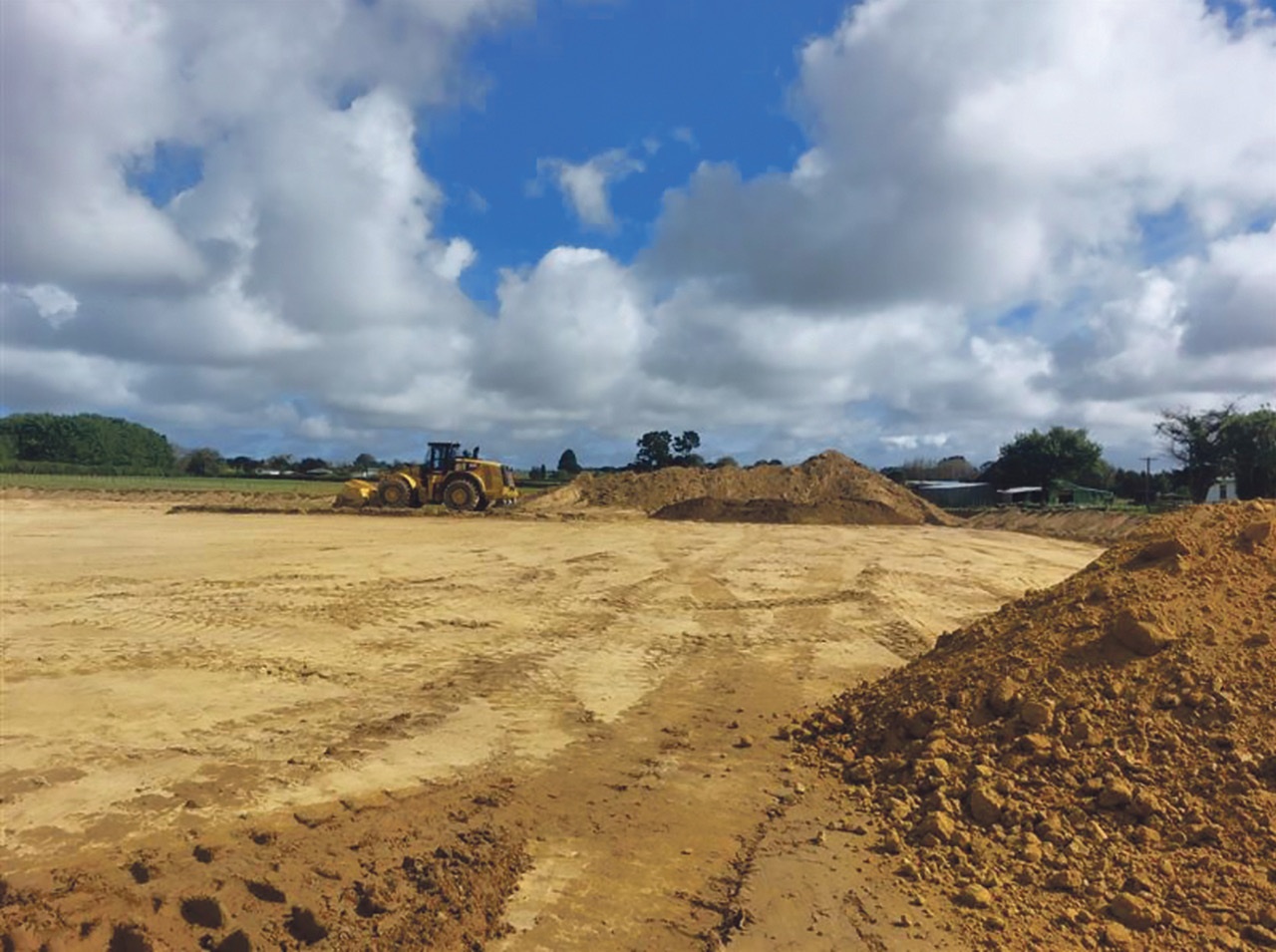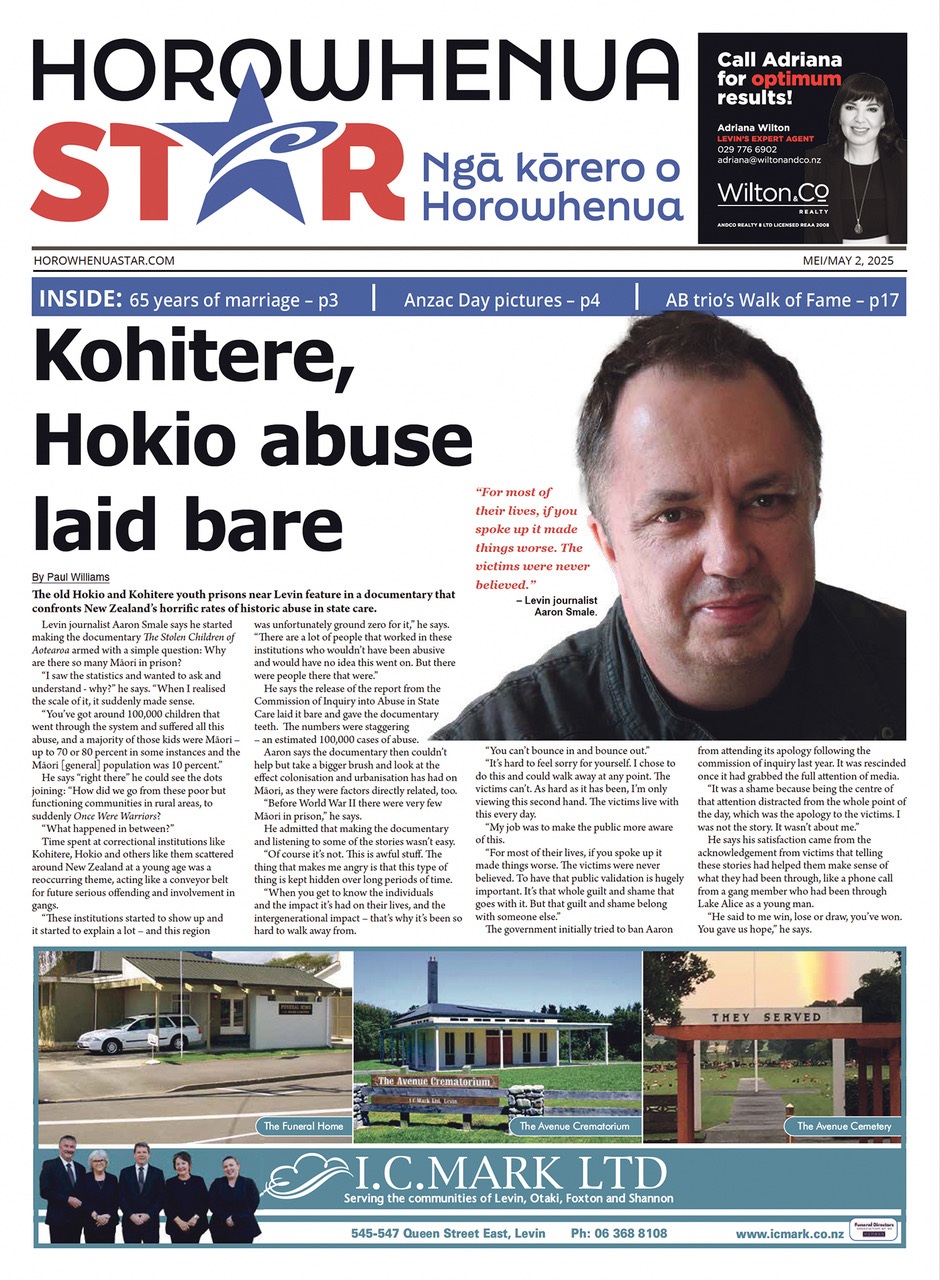
There might not appear to be much happening but work is gearing up for the Ōtaki to North Levin expressway.
The expressway will bring the biggest change to Levin and other Horowhenua settlements along the route since the railway from Wellington to Longburn was opened in November 1886.

An earthworks trial at SH57, which will help determine the overall programme, design and construction sequencing.
Photo NZTA Waka Kotahi
NZTA Waka Kotahi says site investigations have been in full swing during the past month. Soil testing and earthworks trials are happening, with the insights from drilling and other work being used to help determine the overall programme, design and construction sequencing.
Archaeology digs have also begun at some of the 12 potential sites identified during the consenting process. These investigations will be done before construction starts.
On Tararua Road, a new Ō2NL site office is being built, with the agency saying it’s making good progress. Building construction can be seen by passing motorists. The site office is expected to be up and running about mid-year. Once it’s open the office on Oxford Street in Levin will be vacated.
Work has also begun to develop a four hectare predator-proof area where protected lizards will be relocated during construction of the Ō2NL expressway. The area is being prepared on land at the corner of Queen Street East and Arapaepae Road (State Highway 57). It’s planned to be a long-term enclosure after the project.
Under the project’s Resource Management Act consent conditions, before construction works start in certain areas, Waka Kotahi has to search for and safely relocate any native lizards it finds to a safe and fenced, predator-free area.
To get the area ready, native trees and other plants will be planted, pest control – for animals and plants – will be done, and habitat features will be created, including log stacks, lizard hides and natural stone piles. If lizards are found when vegetation is cleared, they’ll be relocated to their new home.
Trained ecologists and kaitiaki search for and relocate the lizards. There are a few ways to find them, including placing roofing tiles to create warm spots that attract lizards, live traps, or manually searching. Vegetation clearance will also be done in areas of lizard habitat to locate those not found during searches.
Waka Kotahi says during the past few months, the project team has been working through the developed design phase of the project, ahead of starting construction in spring. The transport agency will have public sessions in May where it will update people on the work and share the proposed final design.
OTHER STORIES








